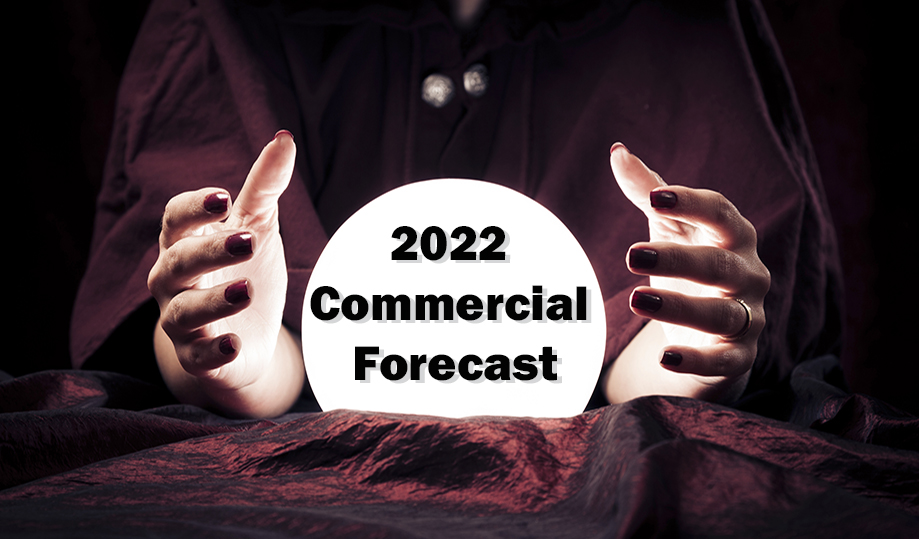The U.S. economy is up 4.9% from the prior year, according to the latest U.S. Real Gross Domestic Product (GDP) data. However, the rate of rise is down from the prior quarter, indicating that GDP has entered a period of slowing growth. Expect general slowing growth for the U.S. economy into the first half of 2023.
The “why” for slowing growth in 2022 is complex. Leading indicators point decidedly downward, signaling a business cycle decline this year. However, the economy is going into the backside of the business cycle with elevated corporate profits, low interest rates, record-high retail sales, and strong consumers who, having paid down debts during the last two years, are in an excellent financial position.

Don’t ignore consumer strength. It will be an essential contributing factor to keeping the economy out of recession as we near the low of this business cycle in 2023. Compared to 2021, this year and ultimately 2023 will be different in that consumers will unlikely receive large influxes of cash from the government. Instead, they may tap into savings or take on debt to help fuel consumption.
U.S. Personal Savings as a Percentage of Disposable Personal Income dropped to 6.9% in November 2021, lower than the average of 7.7% for the two years preceding the pandemic. The newly passed infrastructure spending package is not likely to hit the economy in earnest in 2022.
However, this is not cause for alarm – just be prepared for the overall economic growth rate to slow in 2022 and 2023 as things normalize.
Commercial Construction
If you are involved in the commercial construction market, you are likely not yet feeling this period of slowing growth. Instead, you are in the part of the business cycle that is characterized by accelerating growth. Enjoy!
U.S. Private Commercial Construction for the most recent 12 months totaled $85.7 billion, coming in more than $5 billion higher than where the market was at the start of 2020. We project commercial construction to exceed $90 billion by the end of 2022, putting the market at a new record high that will surpass the previous record high set before the Great Recession.
When we talk about construction, two concerns frequently arise:
- Infrastructure bills and their impact on the construction market
- Inflation’s impact on the construction market.
Infrastructure Bills Impact on the Commercial Construction Market
At ITR Economics, we are frequently asked if we plan to change our forecast for US GDP and, more specifically, our construction forecasts due to the Infrastructure Investment and Jobs Act. The general answer is no. While $1.2 trillion is a lot of money, it is not going into the economy all at once. It will be spread out over five years and take time to make its way into the economy, unlike the quick shot to the arm provided by the 2020-21 stimulus spending. Additionally, it is important to remember that of that $1.2 trillion, Congress was already planning to authorize $650 billion as part of regular operations.
Select construction markets will receive a boost from this act. The spending package targets infrastructure segments such as transit, highways, rail, power infrastructure, water, and high-speed internet. While the package will not provide funding to all aspects of construction, it will offer some longer-term benefits to the economy.
Click Below to go to the Next Page:













Recent Comments